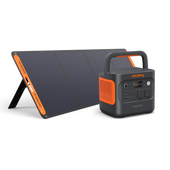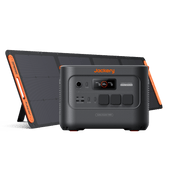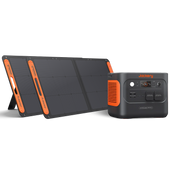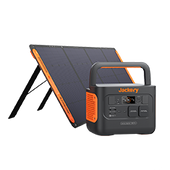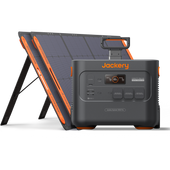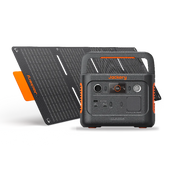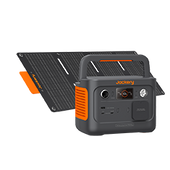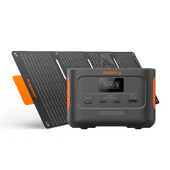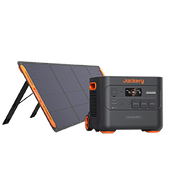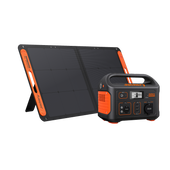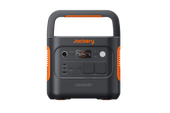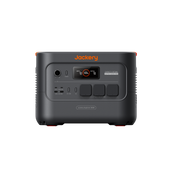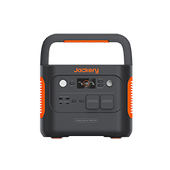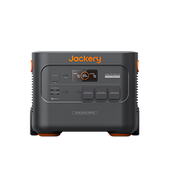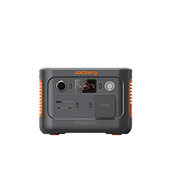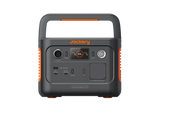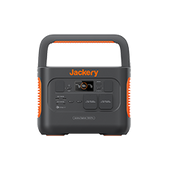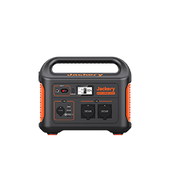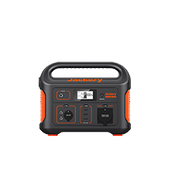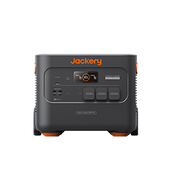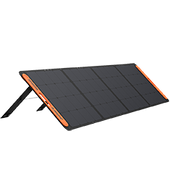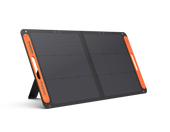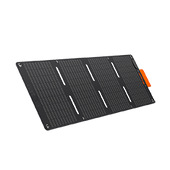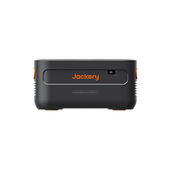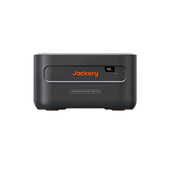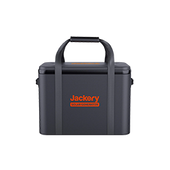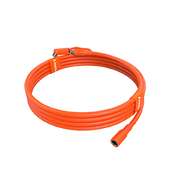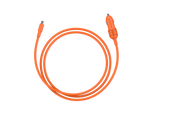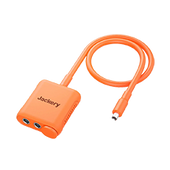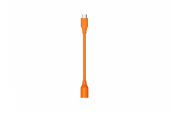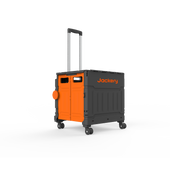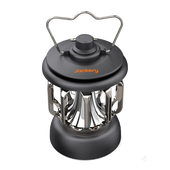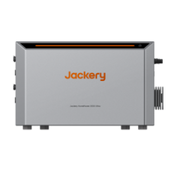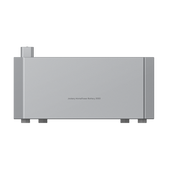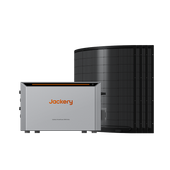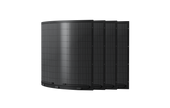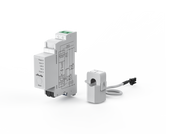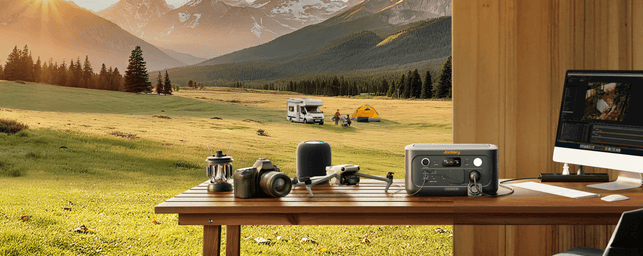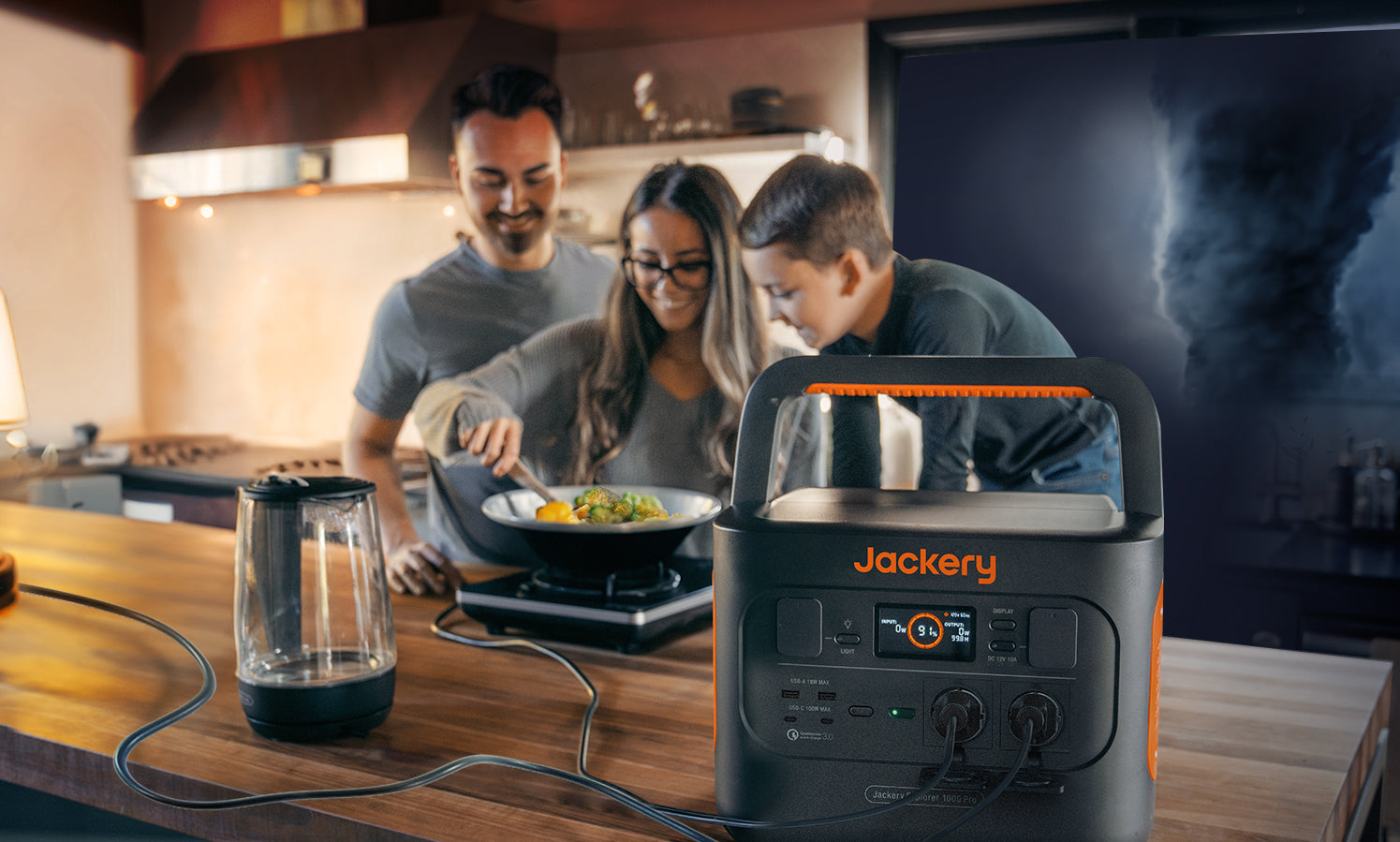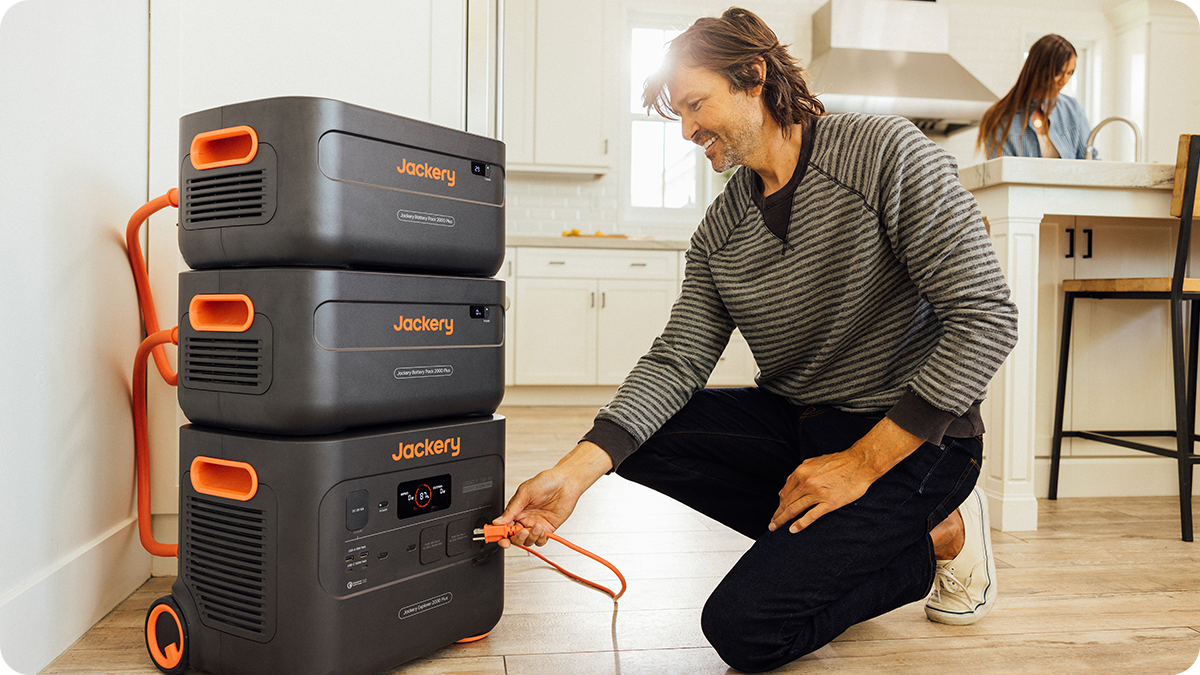Key Elements for Managing an Indoor Smart Garden
Gardening is an activity that people of all ages enjoy, but finding the space for it can be a challenge. Both young and older plant lovers often worry about not having enough room to grow their favourite greens. In a survey of 500 people, 3 out of 4 said they loved growing plants but struggled with limited space[1].
A smart garden solves this problem, but good management and care are still very important to keep it vibrant and thriving.
Before setting up a smart garden, there are a few things that you should keep in mind. Managing the indoor garden will become quite easier if you focus on these key aspects:
Environmental Monitoring
Smart gardens may run on technology, but plants still need the right environment to grow. Factors like air quality and moisture level can impact the plant's health. If the air in your home is too dry, plants can lose their moisture quickly and struggle to grow. On the other hand, too much humidity can lead to the development of mould and other fungal issues.
Soil condition also matters. If it becomes too compact or lacks nutrients, plant roots won't develop properly. Checking all these factors regularly will help you make minor adjustments that can keep your garden thriving.
Smart Irrigation
Watering plants properly is the most challenging part of managing a smart garden, and using water efficiently has become quite important. Smart irrigation, which works as a self-watering system, can help by controlling how much water plants get, making sure they are never overwatered or too dry.
Lighting Management
Plants rely on light to grow, and this needs to be carefully controlled in an indoor garden. Since they don't get natural sunlight, grow lights act as a substitute. Most plants need 8 to 10 hours of light daily, but too much exposure can do more harm than good. They also require at least 6 hours of darkness to rest and develop properly. You will need to manage the right balance so they can grow at their best.
Power Supply Equipment
Indoor smart gardens need electricity to keep things like the watering systems and grow lights running. A sudden power outage can disrupt these systems and affect plant growth. Having a powerstation as a backup will keep everything working even if the electricity goes out. Using power supply equipment will also save power and make the garden easier to maintain.
Equipment Maintenance
Just like any other gadget, smart garden equipment needs regular care to work properly. Watering systems can get clogged, sensors might stop responding, lights might lose their brightness after some time, and even irrigation pipes can develop leaks. Cleaning, updating, and replacing worn-out parts will prevent much bigger issues that might form if you do not prioritise maintenance.
How to Make Our Smart Garden Thrive? Follow These Steps
Now that you understand how to maintain a smart garden, the next thing to do is plan it properly. Preparing beforehand will make things easier and prevent future problems. Following these steps will help you create a healthy and well-managed indoor smart garden:

Step 1: Identify Smart Garden Types, Choose Basic Equipment
The first step in setting up a smart garden is deciding which type suits your space and goals. Some are small and easy to move, perfect for growing a few vegetables indoors. Others are larger, designed for growing more crops, and will need a stable setup.
|
Key Elements |
Personal Small-Scale Smart Garden |
More Large-Scale Smart Garden |
|
Environmental Monitoring |
Built-in sensors and data are typically displayed via a mobile app. |
An external sensor network is used to monitor environmental parameters. |
|
Smart Irrigation |
An automatic irrigation system is used, which waters plants based on their needs. |
Drip or spray irrigation systems are used, which support remote control and timed irrigation. |
|
Lighting Management |
Built-in LEDs are used, and can adjust light intensity and photoperiod. |
High-power LEDs or natural light supplementation is needed. |
|
Backup System |
Relies on grid power (USB/outlet); optional portable solar power source. |
Mobile and backup power sources are recommended to deal with power outages. |
|
Maintenance |
Maintenance is simple, involving regular cleaning and replacement of consumables. |
Maintenance is more complex, requiring regular inspection of sensors, irrigation systems, and power equipment, and a maintenance schedule is needed. |
If you want something simple, a compact smart garden with built-in watering and lighting is a good option. It can run on a grid or standard power supply equipment and might not need a lot of maintenance.
But suppose you're planning to grow in larger quantities. In that case, you will need a stronger irrigation system, supplemental lighting and heating units, and a movable power supply to keep things running without any interruption. An emergency backup powerstation will help avoid power cuts that can affect your bulk crop garden.
Step 2: Choose Suitable and Desired Plants
The success of your smart gardens depends largely on the plants you use. Some plants adapt well to indoor conditions, needing little attention while still growing strong. You can also find plants that require more care but bring benefits like cleaner air or fresh produce.
For edible plants, strawberries, mints, basil, and rosemary grow well indoors and can be used in home-cooked meals. Lettuce and cherry tomatoes are also good options for those who want a steady supply of fresh food.
If you're looking for aesthetic appeal, Monstera Deliciosa is the best choice. It is said to be the most popular indoor plant in Europe due to its striking leaves and adaptability. Parlor palms, prayer plants, and peace lilies also add beauty and freshness to any space. Snake plants and spider plants can improve the air quality by filtering out toxins.
Step 3: Perform Soil and Fertiliser Selection
The soil and fertiliser you choose will directly impact your indoor garden's success, especially on the plant's health. Unlike outdoor gardens, indoor smart gardens do not have access to natural nutrients, so you need to create the right balance yourself. Your goal should be soil that holds enough moisture without being too compact.
A light, well-draining potting mix will work best with ingredients such as coconut coir or peat moss to retain moisture and perlite or vermiculite to improve airflow. If you are growing leafy greens, then adding compost can provide extra nutrients naturally.
For fertilisers, organic options like worm castings or compost tea help plants grow steadily without the risk of overfeeding. If you need a faster boost, liquid fertilisers with a mix of nitrogen and potassium can work well, but be careful not to use too much.
Step 4: Optimise Space for Your Smart Garden
If you don't have much room, there are still plenty of ways to fit your smart garden into your home. Vertical gardening can maximise space if you use wall-mounted planters or tiered shelves, as they can help you grow without taking up the floor space. Some smart gardens come with modular designs, so you can expand them as needed.
Drainage is just as important as space arrangement. Too much water will cause root rot, so use pots with drainage holes and arrange your smart garden so that any extra moisture can be caught. If you're using a hydroponic system, make sure that water flows properly to avoid overwatering.
Step 5: Does it Have Enough Natural or Artificial Light?
Both natural and artificial light can support a smart garden, but you have to remember to provide the right amount. Natural light is great, especially when the setup is placed near windows, but too much direct light can also harm it.
Artificial lighting, like LED grow lights and solar garden lights, can also help maintain lighting. Different plants have different light-level needs. Some plants can grow well in dim spaces with around 1000-3000 lux, while those that need soft indirect light do best with 3000-4000 lux. If a plant requires stronger lighting, such as herbs or flowering varieties, 4000-6000 lux is ideal.
Just as light is necessary, darkness is, too. Plants need a rest period to maintain their natural growth cycles, so you should place your plants where they can get at least a few hours of darkness.
Step 6: Determine Watering Methods, Amount, and Frequency
Watering your garden the right way is what will keep your plants strong. Some plants need a slow supply of water, like through a drip system, while others do well with occasional deep watering. The amount of water differs for every plan; leafy greens, for example, need more moisture, and herbs grow in slightly drier conditions.
Room temperature and humidity also affect how often you should water, as warmer spaces dry out the soil faster. You should check the soil with your hand or use moisture sensors to prevent overwatering.
Step 7: Identify and Control Common Pests and Diseases
Even indoor gardens are not free from pests and plant diseases. Aphids, spider mites, mealybugs, and fungus gnats are some of the most common troublemakers sneaking in through new plants or contaminated soil. Inspecting leaves and soil can catch infestations early before they spread. Using natural solutions like neem oil and insecticidal soap will keep pests under control without harming your plants.
How to Keep My Smart Garden Always Running?
You would not want your smart garden to stop working at any time. Every home should have a reliable home backup power system to keep things running smoothly, whether for a garden or any other appliance.
A solar generator is a popular option for this purpose. It offers a lot of benefits: It can keep your garden powered during outages, lower your electricity bill, and reduce dependence on your grid. If your garden setup is flexible, you can use a solar generator to make sure that everything stays operational no matter where you place it.
Top Jackery Products to Choose
We at Jackery have a range of solar generators that can keep your smart gardens powered. Depending on your requirements, you can choose from the different options.
The Jackery Solar Generator 300 Plus would be the best choice if you need something compact and easy to place. For a mid-range option that can handle multiple devices, the Jackery Solar Generator 1000 v2 would work well. And if you want a high-capacity power source for a larger setup, the Jackery Solar Generator 2000 v2 can handle heavy-duty use.
Here is a comparison of these three options:
|
MODEL |
CAPACITY |
OUTPUT |
CHARGING TIME |
BEST FOR |
ADVANTAGES |
|
Jackery Solar Generator 300 Plus |
288Wh |
300W |
2 hours for wall charging and 4 hours for full solar charging |
Small indoor gardens and portable setups |
Lightweight and supermini to place anywhere for garden use |
|
Jackery Solar Generator 1000 v2 |
1070Wh |
1500W |
Takes only about 1 hour to get fully charged |
Medium-sized indoor gardens with moderate power needs |
Higher capacity, portable, and can support multiple devices |
|
Jackery Solar Generator 2000 v2 |
2042Wh |
2200W |
Can be fully charged in about 1.33 hours |
Smart garden for bulk crops with extensive equipment |
Can power multiple high-wattage devices |
If you have a compact indoor garden with a few potted plants and minimal power needs, the Jackery Solar Generator 300 Plus is a supermini option that will keep your necessary devices running. If you have a mid-sized smart garden with automated watering systems, the Jackery Solar Generator 1000 v2 is a portable option that can provide power wherever you need it.
For a bigger smart garden, you should opt for the Jackery Solar Generator 2000 v2, as it can bear a heavy load and would keep your vegetables and plants healthy.

Conclusion
A smart garden can thrive indoors if it is managed properly. This will keep your plants growing and your system running smoothly. Following the above steps will make things easier and help you achieve good results. With little effort, your smart garden will continue to stay green and healthy.

